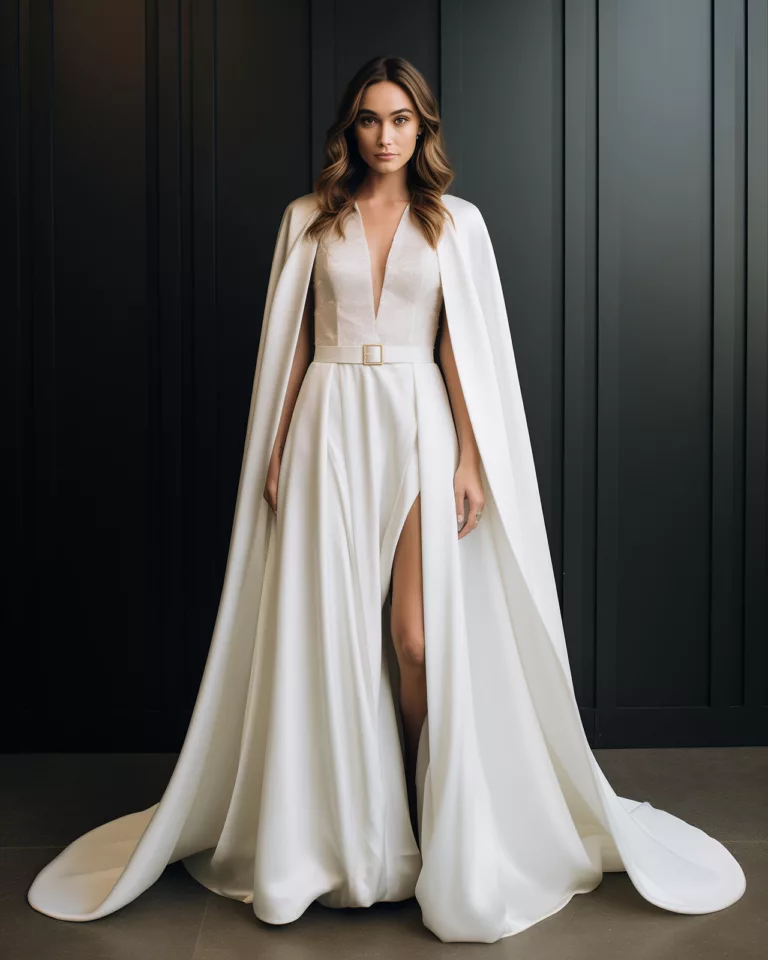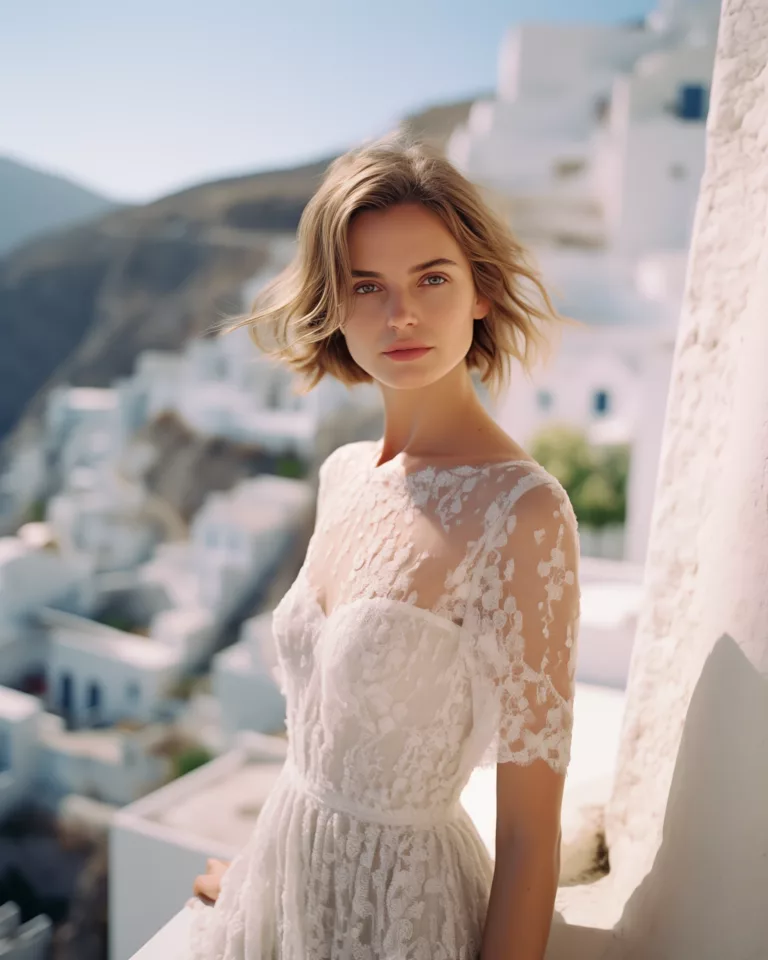From Fitting to Perfection: Your Journey to the Ideal Bridal Gown
Over the years I’ve have had the privilege of guiding countless women through one of the most memorable experiences of their wedding journey: the bridal fitting. Over the years, my team and I have witnessed the transformative power of the perfect wedding gown, seeing firsthand how the right dress can illuminate a bride’s inner beauty and confidence.

Even when you’ve tried on formal dresses, a bridal gown is quite different so here are a few tips I’ve gathered over the years to help make your bridal fitting experience the best it can be.
Start Your Search Early (But Not Too Early)
Even with ready-to-wear gowns, it’s wise to start looking 6-9 months before your wedding. This is because it takes time for us to get your gown made and shipped from our manufacturer. And in recent times we have seen how supply chains can be easily disrupted causing all sorts of logistical delays.

When you have a 6-9 month timeline, this allows for any necessary alterations and ensures you’re not making a rushed decision.
But life happens! So we have a last minute wedding dresses collection that you can pretty much take off the rack (they’ll still need alteration to provide you with a better fit).
Establish Your Budget
I cannot stress how important it is to set a budget for your wedding dress because having a defined budget prevents you from overspending and reduces the stress of unforeseen costs. This will allow you to focus on finding a gown that not only meets your aesthetic desires but also respects your financial boundaries.
Let’s be honest – a couture (made to measure) gown is going to cost significantly more than a ready-to-wear gown (as it should!).
Therefore, determine a clear budget for your gown, keeping in mind alterations and accessories. For example, if your total dress budget is $3,000, aim to find gowns below $2,300 to accommodate these additional costs.
This may be a good time to read ‘How much should a wedding dress cost?’
Don’t feel embarrassed about your budget because being upfront about your budget with your bridal consultant helps streamline the selection process.
I get that finances can be tight (this is why we have an always-on wedding dress sale collection as well as an ‘under $2000 category’) but please be realistic!
There is a reason why you can find wedding dresses for $500 and it is usually because the fabric and structure is low quality.
Research and Inspiration
Gather images of gowns you admire but remain open to different styles. While you might love the look of strapless gowns in photos, a cap-sleeved or illusion neckline might flatter you more in person.

Use these images as a starting point for your fitting.
Choose Your Shopping Companions Wisely
Limit your entourage to a few key people who understand your style and can provide constructive feedback. A smaller group makes for a more focused and less overwhelming experience.
Should you bring mum along to your fitting? Maybe, maybe not. I’ll leave it up to you.
Venue and Theme Considerations
Select a gown that complements the setting and style of your wedding.

For example, a lightweight, flowy A-line gown could be perfect for a beach wedding, whereas a more structured dress might suit a formal ballroom affair.

Select Suitable Undergarments
The right undergarments are essential for achieving the best fit and silhouette with your gown. Consider the following options based on your dress style and personal needs:
- Strapless bra or bustier: Perfect for strapless or sweetheart necklines, providing support without visible straps.
- Seamless underwear: Essential for most dresses to avoid visible lines, ideally in a skin-matching tone.
- Shapewear: Ideal for form-fitting dresses to smooth and contour your figure.
- Convertible bra: Offers flexibility for dresses with unique necklines like halter or one-shoulder styles.
- Adhesive bra: Suitable for gowns with low backs or intricate cut-outs, providing seamless support.
- Slip: Adds opacity and smooths the fabric drape for dresses made from light fabrics.
- Petticoat or crinoline: Adds fullness to ball gowns or dresses with voluminous skirts.
- Nipple covers: Offer a minimal coverage option for sheer fabrics or dresses where traditional bras are impractical.
Bring these undergarments to your fittings to ensure they work perfectly with your chosen gown.
Prioritise Comfort
Comfort is crucial for enjoying your wedding day because when you’re not comfortable, it’ll show in your wedding photos.
Make sure you can move freely in the gown—try walking, sitting, and a bit of dancing during the fitting. A gorgeous gown that restricts your movement can dampen your spirits on your big day.
Keep an Open Mind
My top advice is to be open to trying on various styles.

Dresses often look different on the hanger than they do on your body. A style you hadn’t considered might end up being your favourite.

Seasonal and Time-of-Day Fit
Choose a dress that suits the time of year and day of your wedding. Fabrics and dress styles can vary greatly in terms of comfort and suitability for different climates and times.

For example, a more structured gown will not only be heavier but you will hotter – you may want to avoid this if your wedding date is during the hot and humid months of the year.
Understand Alteration Options
I always tell brides that every wedding dress needs some form of alteration.
Ready-to-wear gowns may offer less customisation than made-to-order ones, but alterations can still tailor a dress to fit you perfectly.
Therefore, discuss alteration possibilities, costs, and timelines with your fitting consultant.
Trust Your Instincts
Ultimately, the right dress is the one that makes you feel the most beautiful and confident. It may not be the first dress you try on, and it may not be what you envisioned, but when you find it, you’ll know.



